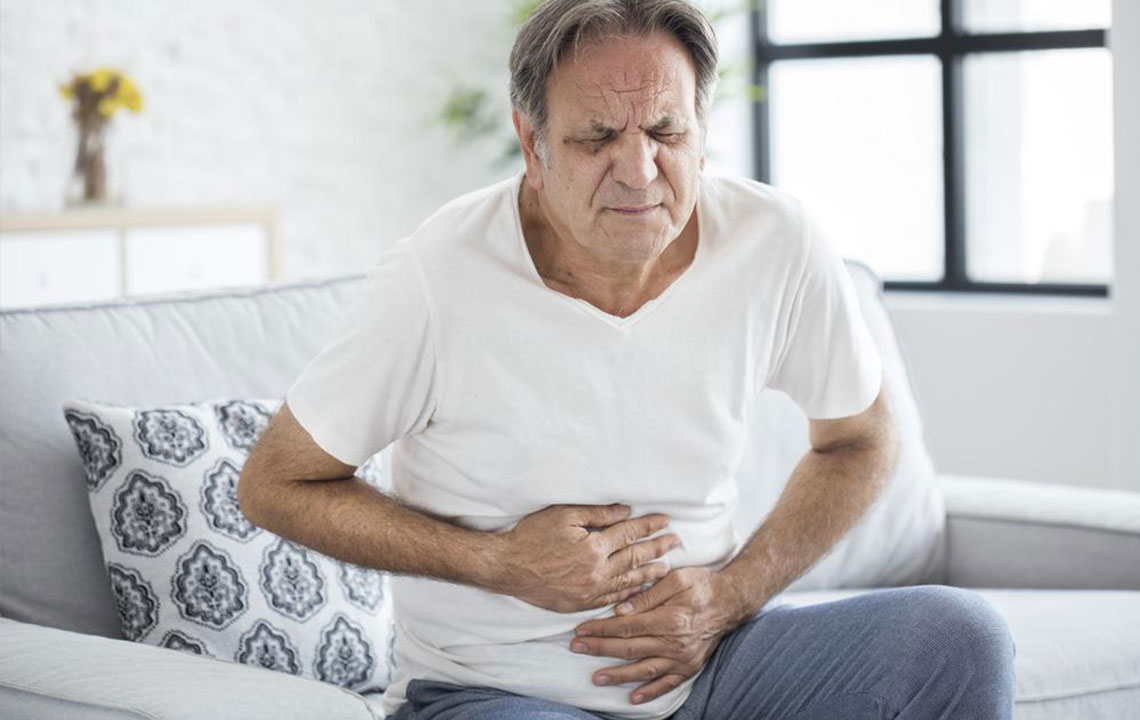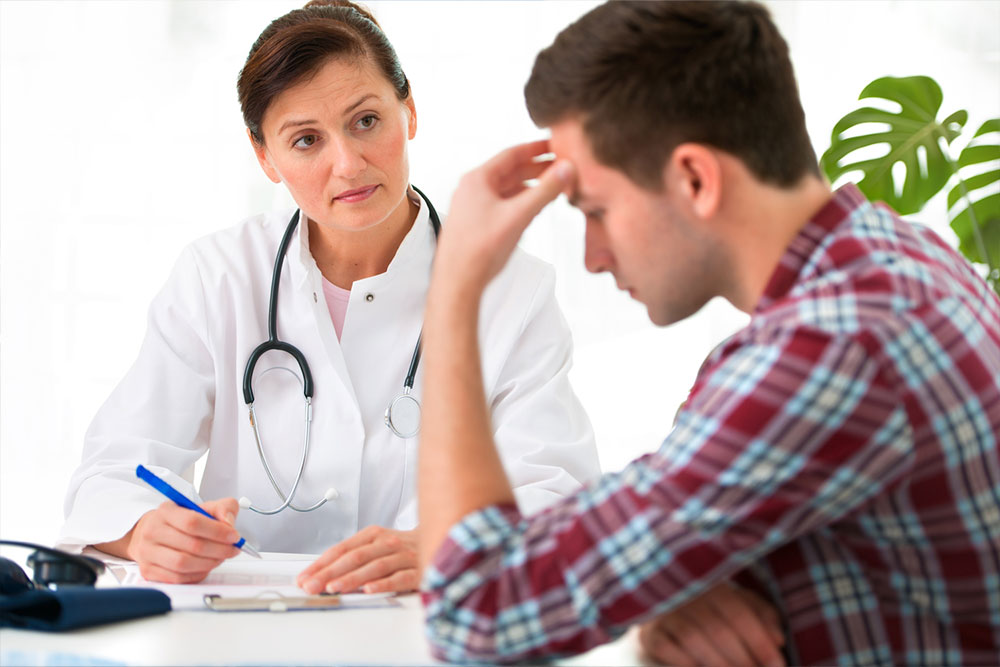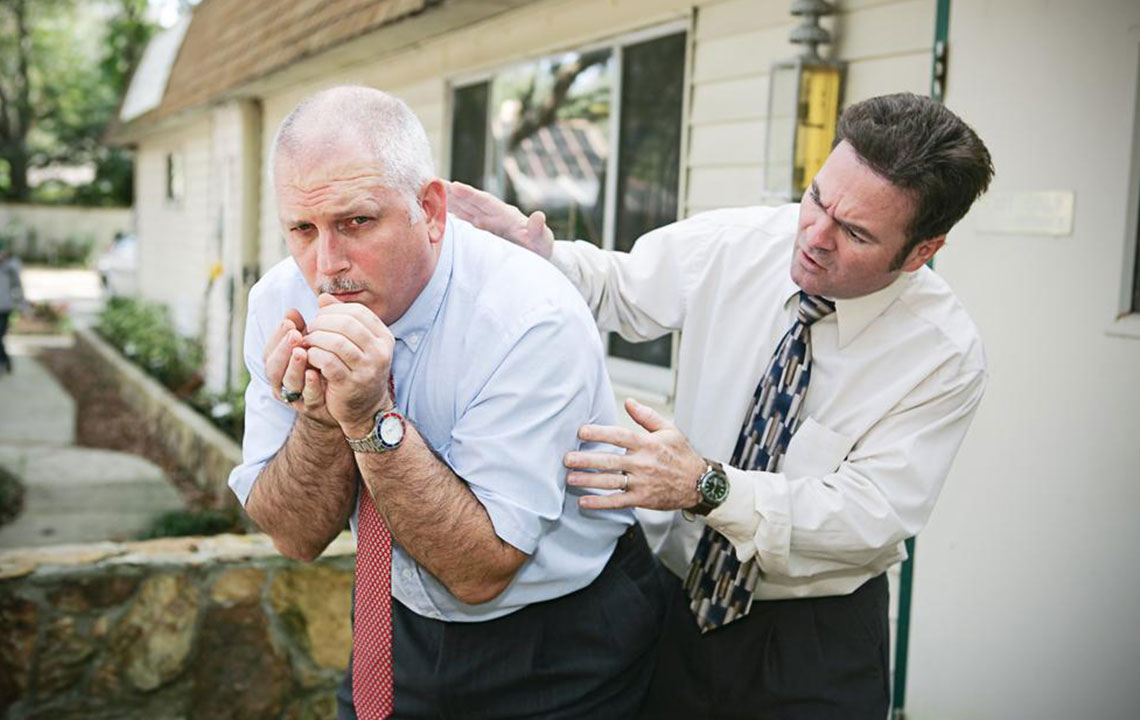Understanding Lower Abdominal Discomfort: Causes, Symptoms, and When to Seek Medical Attention
Lower abdominal discomfort can stem from many causes, from benign issues like constipation to serious conditions like appendicitis or infections. This comprehensive guide explores common causes, symptoms, and when urgent medical attention is necessary. Understanding these factors helps in timely diagnosis and effective treatment, ensuring better health outcomes and peace of mind.

Understanding Lower Abdominal Discomfort: Causes, Symptoms, and When to Seek Medical Attention
Lower abdominal discomfort is a common health complaint that affects a significant portion of the population, regardless of age or gender. It can manifest as dull aches, sharp stabbing pains, cramping, or a persistent sensation of pressure. The causes behind such discomfort are numerous, ranging from benign issues like indigestion to more serious conditions such as infections or organ-related problems. Recognizing the underlying cause is crucial for effective treatment and management. This detailed guide explores the most frequent causes of lower abdominal pain, their symptoms, risk factors, and guidance on when to consult a healthcare professional.
What Are the Common Causes of Lower Abdominal Discomfort?
Understanding the reasons behind lower abdominal pain can help individuals better identify symptoms and seek appropriate care. Here are some of the most prevalent causes:
Constipation: An Often Overlooked Culprit
One of the leading causes of lower abdominal discomfort is constipation, a condition characterized by difficulty in bowel movements. When stool builds up and remains in the colon, it causes distension, stretching the intestinal walls, which results in pain or discomfort, particularly in the lower right abdomen. Factors that contribute to constipation include insufficient fiber intake, dehydration, sedentary lifestyle, or certain medications. Chronic constipation may lead to complications like hemorrhoids or anal fissures, emphasizing the importance of maintaining a healthy diet rich in fiber and staying hydrated.
Appendicitis: A Medical Emergency
Appendicitis is an inflammation of the appendix, most commonly affecting individuals between the ages of 11 and 40. The hallmark symptom is a sudden, sharp pain starting near the navel and then moving to the lower right side of the abdomen. The pain often worsens over time and is accompanied by symptoms like fever, nausea, vomiting, loss of appetite, and abdominal swelling. If not treated promptly, the inflamed appendix can rupture, leading to a severe infection called peritonitis, which requires immediate surgical removal of the appendix. Early diagnosis and intervention are critical to prevent complications.
Hernia: Weakness in Abdominal Muscles
A hernia occurs when an organ or tissue pushes through a weak spot in the abdominal muscles. Inguinal hernias are the most common, resulting in a bulge in the groin area that may cause discomfort or pain, especially when lifting heavy objects, coughing, or straining during bowel movements. Hernias can cause persistent pain that radiates to the lower abdomen and upper thigh. Depending on their severity, hernias may require surgical repair to prevent incarceration or strangulation of the protruding tissue.
Testicular Torsion: Urgent Medical Condition
Testicular torsion involves twisting of the spermatic cord, cutting off blood supply to the testicle. This condition causes a sudden, severe pain radiating from the testicle to the lower abdomen, often accompanied by swelling, redness, and nausea. It primarily affects adolescent and young adult males and is considered a medical emergency. Immediate surgical intervention is needed to untwist the cord and restore blood flow, or the testicle may be permanently damaged.
Kidney Stones: Intense Pain and Urinary Issues
Passing kidney stones can cause excruciating, colicky pain that often radiates from the back to the groin and lower abdomen. The pain is usually severe and intermittent, associated with hematuria (blood in urine), nausea, vomiting, and urinary urgency. Kidney stones develop due to factors such as dehydration, high intake of processed sugars, excessive intake of animal proteins, and certain metabolic disorders. Drinking plenty of water, dietary modifications, and in some cases, medical procedures are necessary for treatment.
Food Poisoning and Gastrointestinal Infections
Contaminated food or water contaminated with bacteria, parasites, or viruses can cause food poisoning, leading to significant abdominal pain, nausea, vomiting, diarrhea, and dehydration. Symptoms can last up to 48 hours, and in severe cases, hospitalization may be required. Proper food handling, hygiene, and cooking practices are essential to prevent outbreaks.
Irritable Bowel Syndrome (IBS): Chronic Digestive Disorder
IBS is a common functional gastrointestinal disorder characterized by cramping, abdominal pain, bloating, and changes in bowel habits—diarrhea, constipation, or alternating between both. Patients often experience mucus in stool and a frequent urge to defecate. Managing IBS involves dietary adjustments, stress management, and sometimes medication to relieve symptoms. Identifying food triggers and maintaining a healthy lifestyle can significantly improve quality of life for IBS sufferers.
Crohn’s Disease and Ulcerative Colitis: Chronic Inflammations
These IBD (Inflammatory Bowel Disease) conditions cause inflammation in different parts of the digestive tract, leading to abdominal pain, diarrhea, weight loss, and fatigue. Crohn’s disease may cause swelling and tenderness in the lower right abdomen, resembling the symptoms of appendicitis. Treatment involves anti-inflammatory medications, immune suppressants, and sometimes surgery to remove damaged intestinal sections.
Diverticulitis: Infection of Diverticula
Diverticulitis occurs when small pouches called diverticula form in the colon wall become inflamed or infected. This results in localized pain, usually in the lower left abdomen, along with fever, nausea, and changes in bowel habits. Treatment includes antibiotics, dietary modifications, and in severe cases, surgery.
Diabetic Ketoacidosis (DKA): A Medical Emergency
In individuals with type 1 diabetes, DKA can develop due to insulin deficiency, leading to elevated blood glucose and ketone production. Symptoms include dehydration, rapid breathing, nausea, vomiting, abdominal pain, and confusion. DKA requires urgent hospitalization for fluid replacement, insulin therapy, and correction of electrolyte imbalances.
Urinary Tract Infections and Cystitis
Bladder infections cause burning during urination, frequent urination, cloudy or bloody urine, and lower abdominal pain. In women, urinary tract infections are common due to anatomical predispositions and can often be managed with antibiotics. Proper hygiene and hydration are key preventive measures.
Gynecological and Obstetric Causes in Women
Women may experience lower abdominal pain due to gynecological issues such as ectopic pregnancies, placental abruption, miscarriage, or salpingitis. Ectopic pregnancy involves implantation of a fertilized egg outside the uterus, often in the fallopian tube, causing severe pain and risk of rupture. Placental abruption is a serious pregnancy complication where the placenta detaches prematurely. Symptoms include intense abdominal pain, bleeding, and fetal distress. Early detection and urgent medical intervention are vital to ensure the safety of both mother and child.
Cancer and Tumors
Growths or tumors in the lower abdomen, whether benign or malignant, can cause varying degrees of pain based on their size and location. Persistent, unexplained abdominal pain warrants medical evaluation to rule out neoplastic causes.
Gallbladder and Biliary Issues
Cholecystitis involves inflammation of the gallbladder, often causing right upper quadrant pain that may radiate downward toward the abdomen. Gallstones blocking the bile ducts can trigger severe pain, especially after fatty meals.
Intestinal Obstruction
Blockages in the intestinal tract, due to adhesions, tumors, or hernias, lead to severe, colicky abdominal pain, bloating, vomiting, and inability to pass stool or gas. This condition demands urgent medical evaluation and usually surgical intervention.
When Should You Seek Medical Help?
While some causes of lower abdominal discomfort are minor and resolve on their own, others require prompt medical attention. Seek immediate care if you experience:
Sudden, severe abdominal pain or persistent pain that worsens over time
Fever or chills accompanying abdominal symptoms
Signs of infection such as redness, swelling, or pus
Uncontrolled vomiting or inability to keep fluids down
Blood in stool or urine, or presence of black or tarry stools
Signs of pregnancy complications, such as severe pain, bleeding, or faintness
Sudden change in mental state or consciousness
Recognizing symptoms early and seeking appropriate care can prevent serious health outcomes. Always consult a healthcare professional for a proper diagnosis and tailored treatment plan, especially if symptoms are persistent, worsening, or accompanied by other concerning signs.





